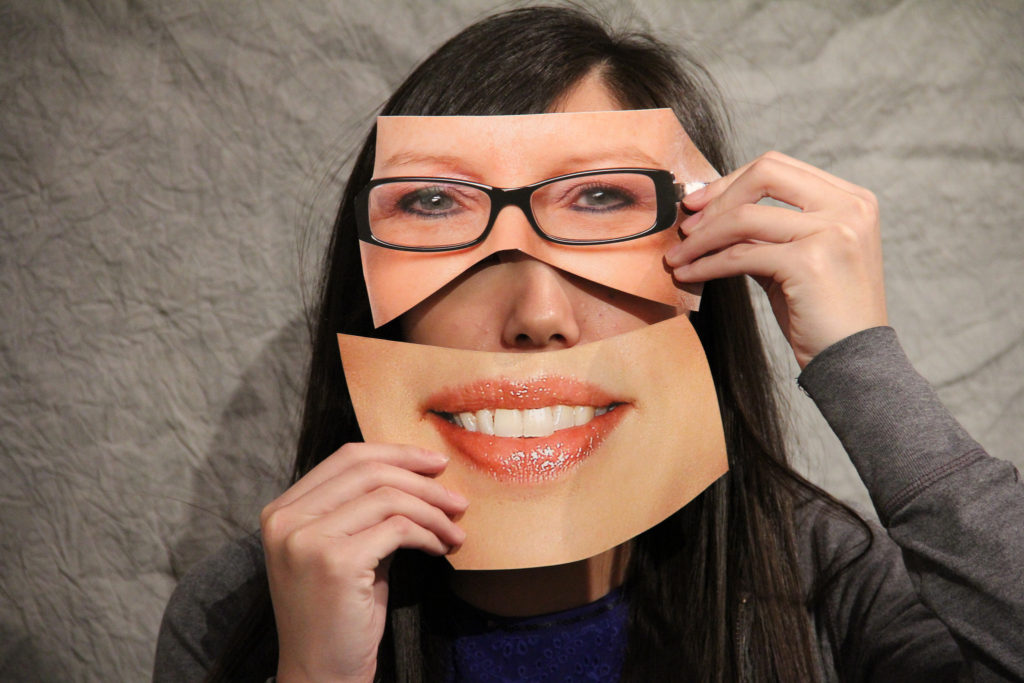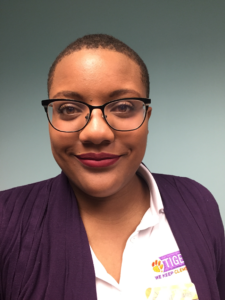A dozen ideas on how to focus on diversity issues on your campus

By Rachele Kanigel
San Francisco State University
Over the past two years, college campuses around the nation have been rocked by unrest as activists have demonstrated against systematic racism, police brutality against people of color, insufficient facilities for transgender and gender-non-conforming people, cuts to ethnic studies programs, and other hot-button issues. These actions have shined a spotlight on long-simmering tensions and forced both administrators and student media outlets to pay closer attention to the realities of living in a diverse community.
Next week in CMR: Taking a look at the Diversity Style Guide with editor Rachele Kanigel.
Infused with emotion, these stories can be difficult to report, and student journalists sometimes find themselves in the middle of the conflict, with both administrators and activists criticizing their coverage.
Good journalism means building trust and that requires going beyond the news story du jour and taking a deeper look at the enduring and complex roots of these events.
As your student media outlet starts a new school year, consider ways to explore the larger issues behind the headlines. For inspiration, check out The Seattle Times’ “Under Our Skin” project, NPR’s new CodeSwitch podcast and the Associated Press’ “Divided America,” an ongoing series on the economic, social and political divisions in American society.
Here are some ideas for exploring diversity issues on your campus.
1. By the numbers – All universities — public and private — collect demographic information about their students and many even publish the data from several years in a handy book like this Data Book from San Francisco State University or this one from University of California Santa Barbara. Some public universities pull data from all campuses in the system into one handy place like the Data Book from the Utah System of Higher Education. Even private universities like Northwestern University and Brown University often make this data available online. If you can’t find a data book (sometimes called a “fact book”) for your university, contact your Office of Institutional Research. Once you’ve unearthed the demographic information your university collects, study the data for several years and look for trends. Is your student body becoming more or less diverse? Is the number of Hispanic/Latino students on the rise? Are there more students who identify as two or more races? Do graduation rates vary by race? How does the racial/ethnic makeup of the faculty compare with that of students? Once you’ve identified an interesting fact or trend, report on it by interviewing admissions staff, your chief diversity officer, the dean of students or college president, leaders of ethnic student groups and others who could shed light on these changes.
2. Protests and promises – If your campus had political demonstrations last year, what came of them? Did administrators step down? Did your university promise to make policy changes in response to student demands? Interview stakeholders to see what, if anything, has changed. Ask student leaders what action is planned for the coming academic year.
3. Campus diversity officers – Many universities have created new positions for “chief diversity officers,” administrators charged with overseeing diversity and inclusion activities and addressing inequities. A few have come under fire for their efforts. At the University of Tennessee, for example, the diversity office lost state funding after encouraging the use of gender-neutral pronouns, issuing a list of best practices for inclusive workplace holiday celebrations and engaging in other actions intended to create a more inclusive environment. If your campus has a chief diversity officer, find out what he or she does and how the community has responded to their actions. If you don’t have such a position at your school, find out who is responsible for ensuring inclusiveness on your campus and what is being done to foster diversity. Note how the campus community reacts to new policies.
4. Student services staff – One of the common demands from student protesters in the past year was that universities hire more people of color in student services. Last fall, students at the University of Kansas demanded that the university create a “team of multicultural counselors to specifically address severe mental illness and the needs of students of color.” At California State University East Bay, student activists asked for an increase in the number of African-American academic advisers, as well as more black counselors in the Student Health and Counseling Center. Data from a national survey of college and university counseling center directors suggests that counseling centers last year significantly increased the hiring of minority professionals. How diverse are the counseling and advising staffs at your campus? Is your campus making diversity a priority in hiring of such professionals?
5. Campus accessibility – Nearly all colleges and universities are subject to the Americans with Disabilities Act of 1990, which requires that all public facilities be accessible to people with disabilities. But some campus buildings may pose accessibility challenges even if they are in compliance. The Marquette Tribune, for example, uncovered hard-to-access buildings around the Marquette University campus. Interview disability resource center staff and students with disabilities about what it’s like to navigate your campus and get the services they need.
6. Accommodations for transgender and gender-non-conforming students – Spurred on by new guidance from the U.S. Departments of Education and Justice requiring that schools ensure the civil rights of all students, colleges and universities are starting to recognize the needs of transgender students and those who don’t identify as male or female. A few now offer alternatives, such as “neutral,” to “male” and “female” on campus forms; some have instituted preferred name policies that allow students to choose which name is on official student records. Many campuses now have gender-inclusive, single-user restrooms. Campus Pride lists 205 colleges and universities that offer gender-inclusive housing (in which students can have a roommate of any gender.) Find out what your school is doing to accommodate transgender and gender-non-conforming students and solicit reaction from affected students.
7. Orientation activities – A number of schools, including the University of Wisconsin-Madison and Clemson University are incorporating diversity-related activities into orientation and welcome week programs. Others, like Penn State, offer special orientation programming for students from diverse backgrounds. But as Concordia University St. Paul found out earlier this summer, multicultural programming can be controversial. Discover what kinds of diversity programming your campus offers for orientation and find out what students think.
8. Race-conscious admissions – In June, the Supreme Court upheld the practice of affirmative action in the Fisher v. University of Texas at Austin case. However, state bans on race-conscious admissions remain in place in California, Michigan and elsewhere. And Harvard University faces a lawsuit by Students for Fair Admissions alleging that the school’s admissions policies discriminate against Asian American applicants. Find out what your school’s policy is and whether it’s changed since the decision in the University of Texas case.
9. Under these bricks – Yale University, Georgetown University, Clemson University and other schools have named halls for slaveholders, Ku Klux Klan organizers and other white supremacists. Over the past year, student groups have succeeded in getting administrators to rename some of these buildings. What’s the history of the land your university is built on? Who built it? Who are the people behind the nameplates of landmark buildings? Exploring your university’s history can bring startling revelations about where you call “home.”
10. Food pantries – Recognizing that many students come from low-income families, some universities are opening food banks and even emergency housing facilities to meet growing needs. What does your school do for needy students? Do students feel comfortable using these services?
11. Bias response teams – Concerned about reports of discrimination and bullying, a number of colleges and universities around the country, including The Ohio State University, University of Nebraska Omaha and University of Oregon, have set up Bias Assessment and Response Teams. But some BARTs have been criticized for overreaching and policing free speech on campus. Look at how acts of bias are treated on your campus. What’s the process? Who investigates? What’s the response?
12. Campus Climate Survey – A number of universities, including Stanford and the University of California conduct periodic surveys to monitor the climate surrounding sexual violence and harassment on campus. Some, like the University of Chicago, finetuned this year’s survey to focus on diversity, inclusion, and the climate for underrepresented groups. If your campus does a survey, take a look at the data and then interview students about their experiences. Don’t have a survey? Ask administrators why not.

Rachele Kanigel is an associate professor of journalism at San Francisco State University, where she advises Golden Gate Xpress newspaper. She is the author of The Student Newspaper Survival Guide and the editor of The Diversity Style Guide, a resource to help journalists and other media writers cover a complex, multicultural world with accuracy, authority and sensitivity. She is immediate past president of College Media Association.
 Jackie Alexander contributed to this report. Alexander serves as the assistant director to Tiger Media at Clemson University, advising seven student-run media outlets. Alexander is the chair of the College Media Association’s Diversity and Inclusion special interest group and an avid #momlife tweeter.
Jackie Alexander contributed to this report. Alexander serves as the assistant director to Tiger Media at Clemson University, advising seven student-run media outlets. Alexander is the chair of the College Media Association’s Diversity and Inclusion special interest group and an avid #momlife tweeter.
